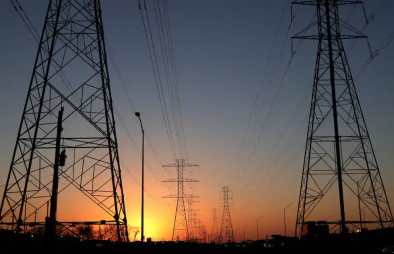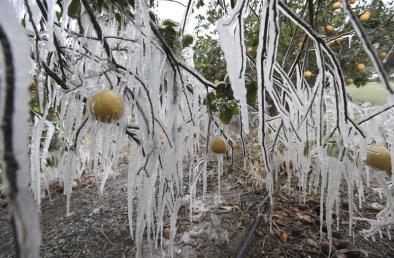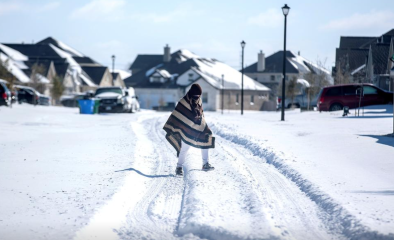Science Source
More-Persistent Weak Stratospheric Polar Vortex States Linked to Cold Extremes
- States that over the last decades, the stratospheric polar vortex has shifted towards more frequent weak states which can explain Eurasian cooling trends in boreal winter in the era of Arctic amplification
- Characterizes the extra-tropical stratosphere in boreal winter as having a strong circumpolar westerly jet (aka the stratospheric polar vortex), confining the coldest temperatures at high latitudes
- Notes that previous studies showed a weak stratospheric polar vortex can lead to cold-air outbreaks in the mid-latitudes but the exact relationships and mechanisms are unclear
- Highlights particular lack of clarity on whether stratospheric variability has contributed to the observed anomalous cooling trends in mid-latitude Eurasia
- Uses hierarchical clustering to show that over the last 37 years, the frequency of weak vortex states in mid to late winter (January and February) has increased which were accompanied by subsequent cold extremes in mid-latitude Eurasia
- Finds that for this region, 60% of the observed cooling in the era of Arctic amplification (i.e. since 1990) can be explained by the increased frequency of weak stratospheric polar vortex states
Related Headline: Ice Loss and the Polar Vortex: How a Warming Arctic Fuels Cold Snaps
Related Content
Science Source
Warm Arctic, Cold Continents: A Common Pattern Related to Arctic Sea Ice Melt, Snow Advance, and Extreme Winter Weather
Judah Cohen, Justin E. Jones, Jason C. Furtado et al
Headline

Feb 23, 2021 | Washington Post
Deadly Texas blackout shows our vulnerability to coming climate extremes
Headline

Feb 19, 2021 | Associated Press
EXPLAINER: Topsy-turvy weather comes from polar vortex
Headline

Feb 19, 2021 | Reuters
Freak cold in Texas has scientists discussing whether climate change is to blame


